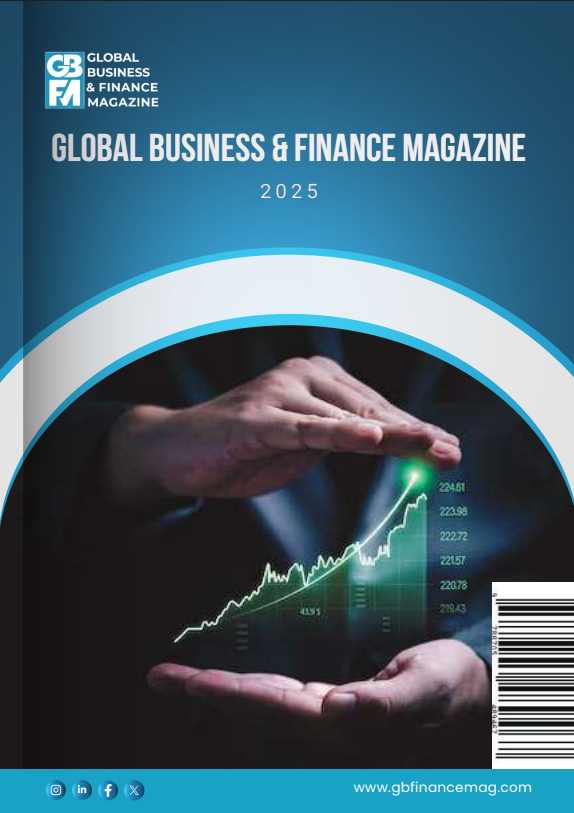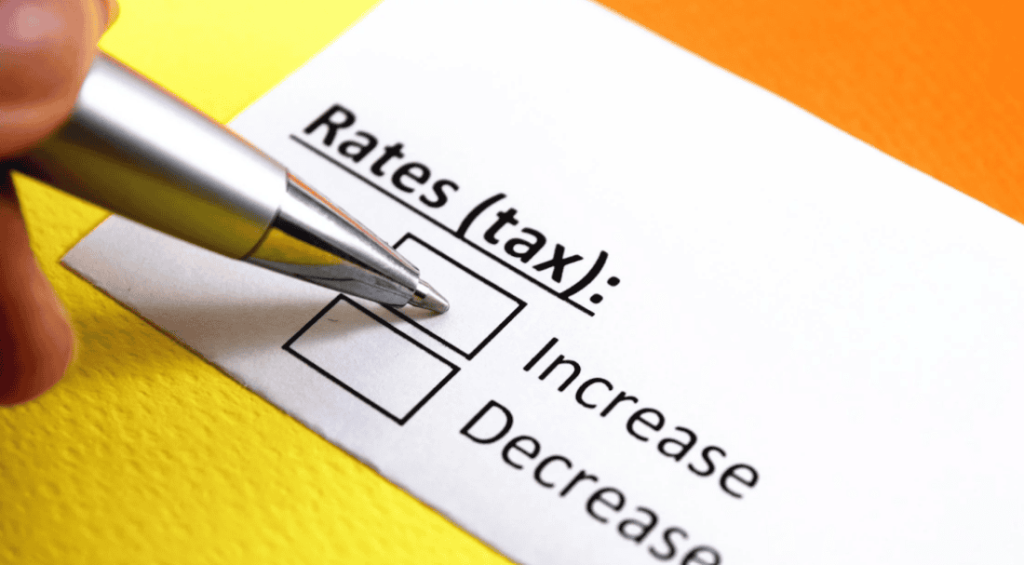Voters fear debt, but they do not understand it. Using data across 13 countries, this column shows that most people dramatically misjudge debt levels and lose trust in their governments with every budget cut. A smaller group of wealthier and more experienced voters demonstrates a stronger grasp of fiscal realities. Yet all groups share a common concern: that debt stabilisation efforts will disproportionately penalise them. These findings reveal how misinformation and memory shape the politics of debt – and why fixing fiscal policy may first require fixing public perception.
Public debt has surged in the wake of pandemic spending and geopolitical tensions. As governments grapple with the challenge of fiscal consolidation, a central question looms: how will citizens respond to the tax hikes and spending cuts that may be required to stabilise debt?
This question is not merely academic. In democracies, public support — or opposition — can make or break fiscal reform efforts. Yet, new research shows that most citizens have limited and biased understanding of debt and fiscal policy. These misperceptions have real implications for economic behaviour and policy design.
In their study, Roth et al. (2022) found that Americans systematically underestimate public debt levels, and that correcting these misperceptions reduces support for government spending but leaves tax preferences unchanged. Building on this, in Bianchi et al. (2025), we extend the analysis globally, offering fresh insights into how beliefs about debt shape expectations for fiscal policy across 13 advanced and emerging market countries and over 27,000 respondents.
The knowledge gap: What people think about debt
Our survey reveals a striking gap between actual debt levels and public perceptions. Across countries with debt-to-GDP ratios above 100% — including the US, UK, Canada, Japan, France, and Italy — people consistently underestimate the size of public debt (Figure 1). This matters: underestimating debt can dampen support for necessary reforms.
Figure 1 Respondents underestimate the size of public debt in countries with high debt levels


Note: This figure shows the median and interquartile range for the response of people in each country to the question “What do you think the current level of government debt is in percent of your country’s Gross Domestic Product (GDP)?”
Most respondents also struggle with basic fiscal relationships between taxes, spending, deficits, and debt. For example, while 58% of respondents recognise that increased spending raises deficits, only 42% understand that spending cuts reduce deficits. This ‘framing bias’ suggests people are more attuned to losses than gains — a pattern familiar from behavioural economics.
However, there is significant heterogeneity across respondents. Notably, age and financial asset ownership are the strongest predictors of fiscal knowledge. Older individuals and those with savings or investments are more likely to grasp the mechanics of public finance. This finding aligns with Lusardi and Mitchell’s (2014, 2023) work on financial literacy, which highlights the role of life-cycle experiences in shaping economic understanding.
Expectations and pessimism: What people think will happen
Limited fiscal knowledge does not mean people ignore debt. When asked about future fiscal adjustments, most expect tax increases rather than spending cuts. Across countries, nearly two-thirds believe tax hikes are likely, compared to just over a third who expect spending cuts.
Crucially, people expect to bear the brunt of fiscal adjustments (Figure 2). High-income respondents expect higher taxes on the wealthy and corporations; in contrast, they are less likely to anticipate cuts to pensions and social programmes than middle and low-income respondents. This self-referential pessimism may explain resistance to reform even when the broader fiscal picture demands it. If individuals see themselves as losers from policy change, they are less likely to support any change.
Figure 2 People expect to bear the brunt of fiscal adjustment


Note: This figure shows the relationship between respondents’ (self-reported) income and their expectations regarding the likelihood of different tax categories being increased and spending categories being cut. The coefficient estimate denotes individuals with high incomes (relative to low and middle incomes), and is taken from a multivariate regression with a full set of socioeconomic controls and country fixed effects (not shown). The 95% confidence intervals are computed using robust standard errors.
The role of experience: How history shapes beliefs
Agents learn from experience: lifetime exposure to fiscal consolidation shapes current beliefs about debt and policy. Drawing on data from Adler et al. (2024), Escolano et al. (2014), and Alesina and Ardagna (2010), we construct a measure of individual exposure to past fiscal tightening episodes. Individuals exposed to past episodes of fiscal tightening are more pessimistic about future debt trajectories, more likely to expect tax increases and inflation, and less likely to trust the government’s ability to manage debt. These findings echo Malmendier and Nagel’s (2011, 2016) work on experience effects, which shows that macroeconomic shocks leave lasting imprints on beliefs and behaviour.
Interestingly, the type of consolidation matters. Respondents who lived through spending-based consolidations, rather than tax-based ones, are significantly more sceptical about the efficacy of fiscal policy and more likely to expect future cuts. This aligns with Jacques and Haffert (2021), who find that austerity reduces government approval, particularly when it involves spending cuts.
Can information change minds?
Using randomised information treatments, we tested whether providing accurate information about debt levels and fiscal relationships could shift beliefs. Respondents were shown actual debt-to-GDP ratios for their country, along with explanations of fiscal relationships and forecasts of future debt levels.
Figure 3 Information influences expectations regarding fiscal policy adjustment


Note: This figure shows the response to the question “Given your knowledge of debt as a share of GDP in [your country], what do you think is the probability that the government will increase the level of taxes or cut the level of government spending?”. The figure on the left reflects the subsample of countries that have had stable or declining debt between the 2015-2019 period average and 2023. It further reflects the subsample of respondents whose prior qualitative beliefs regarding debt levels in their country indicated that debt levels are not low. The figure on the right reflects the subsample of countries that have had increasing debt between the 2015-2019 period average and 2023. It further reflects the subsample of respondents whose prior qualitative beliefs regarding debt levels in their country indicated that debt levels are not very high.
The results are nuanced. In countries with stable or declining debt, information reduces expectations of tax increases — especially among those who initially overestimated debt (Figure 3, left panel). In countries with rising debt, information increases expectations of spending cuts, particularly among those who underestimated debt (Figure 3, right panel). This result connects to the role of inertia in spending in determining persistent debt increases (Piguillem and Riboni 2025).
Importantly, individuals with greater exposure to past fiscal consolidation are more likely to revise their expectations when confronted with new data, suggesting that experience conditions how information is processed.
Policy implications: Managing expectations in a high-debt world
Our findings have three important implications. First, they highlight the need for better public communication about debt and fiscal sustainability. Just as central banks use forward guidance to anchor inflation expectations, governments could consider more transparent messaging to shape fiscal expectations.
Second, the heterogeneity in beliefs and responses suggests that one-size-fits-all communication strategies are unlikely to work. In high-debt countries, emphasising the need for spending discipline may resonate more than warnings about tax hikes. In low-debt contexts, clarifying the absence of imminent fiscal pressure could prevent unnecessary anxiety.
Third, the persistence of pessimistic beliefs among those with past consolidation experience underscores the political cost of austerity. Rebuilding trust may require more than sound policy — it may require a new approach to public engagement.
Conclusion: Towards a more informed fiscal debate
Public perceptions of debt are not merely reflections of economic reality; they are shaped by both knowledge and experience. As our research demonstrates, these perceptions influence expectations about taxes, government spending, and inflation, ultimately affecting the feasibility of fiscal reform. While most citizens are poorly informed, a more attentive and influential subset of voters could play a significant role in shaping fiscal policy.
In a world of rising debt and political polarisation, understanding how people think about public finance is essential for effective policy.
Source : VOXeu



































































